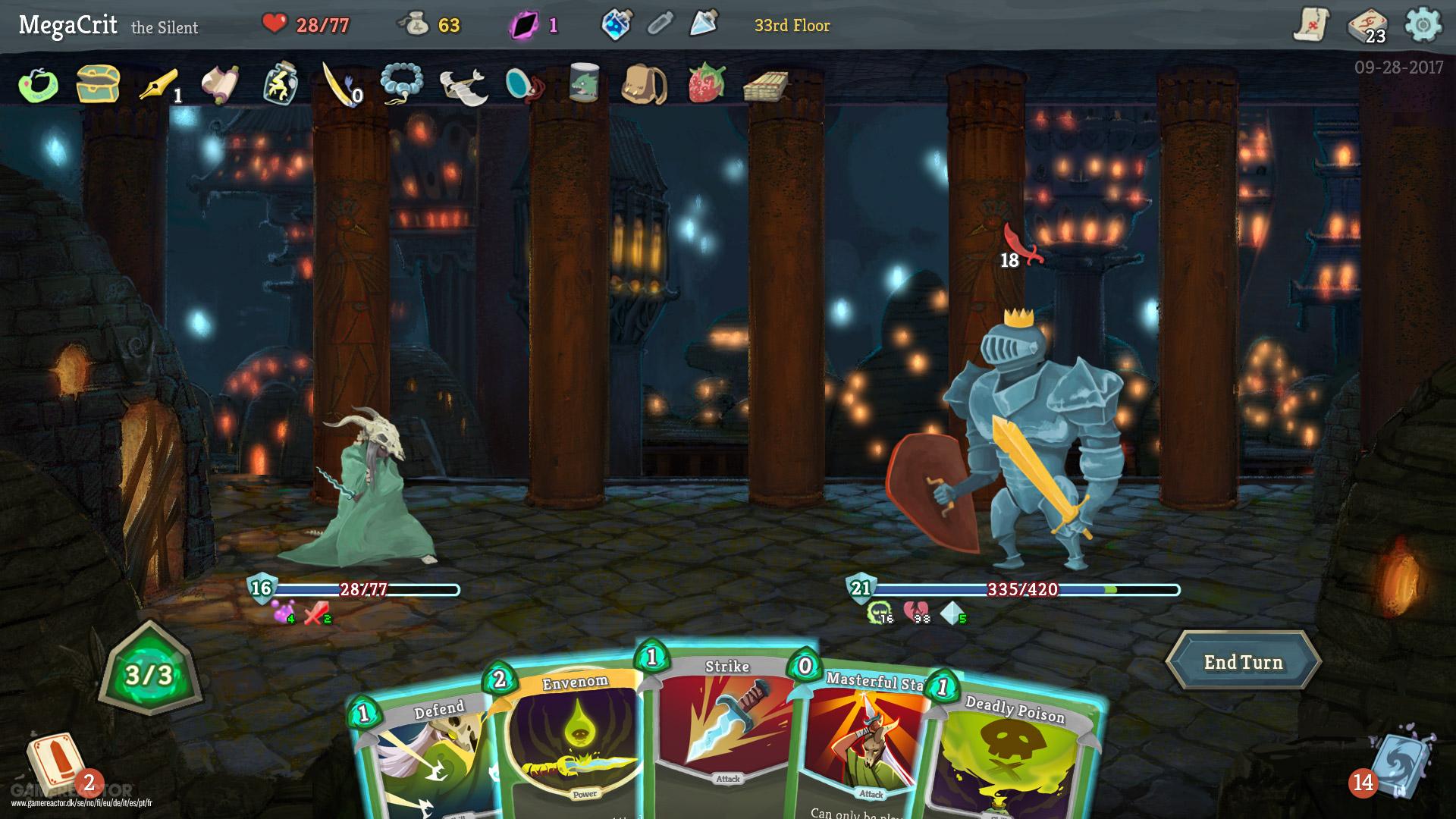
Generally, the strategies are very similar to those of Pressure Points - scry and draw are particularly beneficial, and all the same defensive principles apply.In the event where you meet N'loth, you could opt to give him Nloth's Gift in exchange for a new relic. Deva Form is obviously fantastic too.ĭraw is helpful too, as being able to at least play Alpha and Beta in the same turn to speed up the process is very helpful. Having some extra energy really benefits this deck so that Omega doesn't take up a whole turn - Art of War works well here too, and most if not all energy relics from the boss chests are good considerations. Putting this in play, while a bit of a task, is incredibly valuable, as Omega alone can serve as your damage for any fight in the game, with the possible exception of the heart. Omega is a power, costing three energy, and dealing 50 damage to all enemies at the end of every turn. Beta costs two energy and shuffles an Omega into your draw pile, then exhausts. It's a skill that costs one energy, and when played, it shuffles a Beta - another skill - into your draw pile before exhausting. You can also use scry to manipulate your draw for your Divinity turn, letting you take advantage of strong non-retain attacks like Ragnarok.Ĭards to look out for: Alpha, Sanctity, Inner Peace, Like Water, Protect, Deceive Reality, Spirit Shield, OmniscienceĪlpha is a very interesting Watcher card. When you play this card, though, you die the next turn, so be sure you can end the fight in the same turn as playing Blasphemy before you play it.Īs for how Blasphemy decks actually work, they're largely similar to Crescendo decks - build up a strong offensive hand using retain so that you can deal devastating damage once you enter Divinity. There's also Blasphemy, the only card that immediately puts you into Divinity. Mantra is gained from cards such as Worship (which gives five) Pray and Prostrate (which both give two), and Devotion (a power that gives two per turn). Getting into Divinity isn't as simple as Wrath or Calm, though - to get into Divinity, you need to build up ten Mantra. You also exit Divinity when the turn ends. When in Divinity, all your attacks deal triple damage with no drawbacks, and you gain three energy upon entering the stance. Though Wrath and Calm are the most commonly used stances, the Watcher does have a third stance: Divinity. Another one worth mentioning, though, is Like Water, a power that causes you to gain five (seven upgraded) block at the end of your turn if you're in Calm.Ĭards to look out for: Worship, Pray, Prostrate, Devotion, Blasphemy, Ragnarok, Sands of Time, Reach Heaven Since a lot of the cards you'll be looking to take in a Pressure Points deck give block in addition to their draw or scry, there are plenty of defensive options, and many of the retain cards that work well in stance decks work well here too.
#Slay the spire nloth free#
Evaluate can also be worth taking - it gives you block and shuffles an Insight (a free card that draws two more cards when played) into your draw pile. Scry benefits greatly from additional draw, so Inner Peace, which draws cards while in Calm, and Sanctity, which gives block and draws cards if the last card played was a skill (such as Pressure Points) are excellent choices. The most notable scry cards are Third Eye - which gives you seven-block (ten upgraded) and lets you scry three (five upgraded) meaning you can see and discard the top three cards on your draw pile - and Foresight, which lets you scry three (four upgraded) at the start of each turn.

Scry is very strong with any Watcher deck, so don't be afraid of taking good scry cards regardless of how you're dealing damage. This means that, for example, once you're set defensively, you can scry all non-Pressure Points cards to maximise your chances of drawing good offensive hands.


 0 kommentar(er)
0 kommentar(er)
